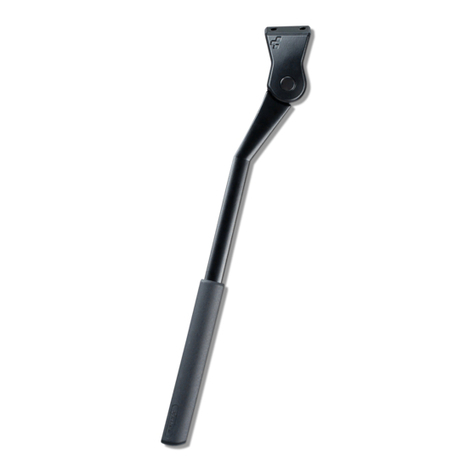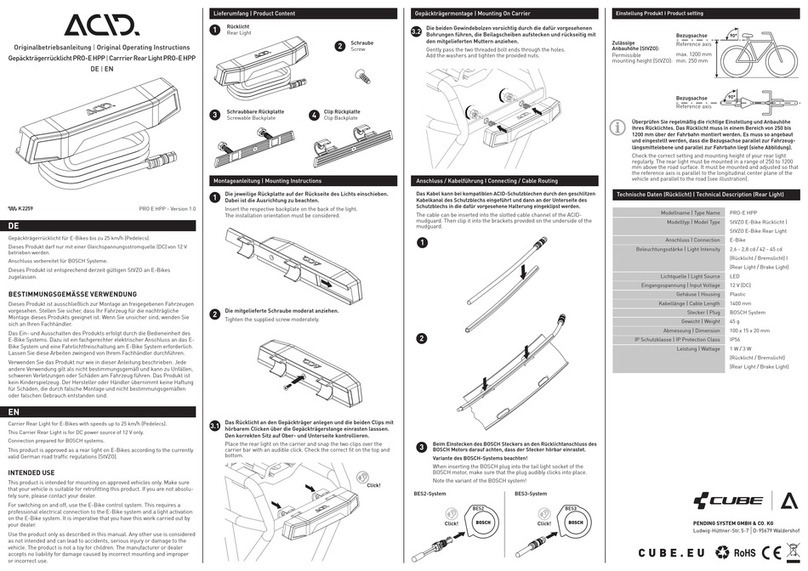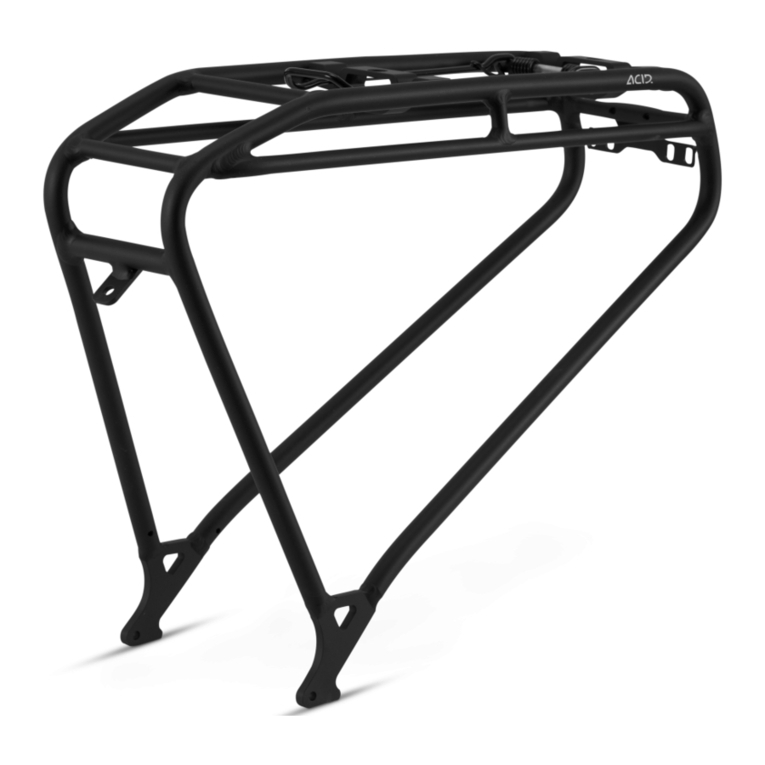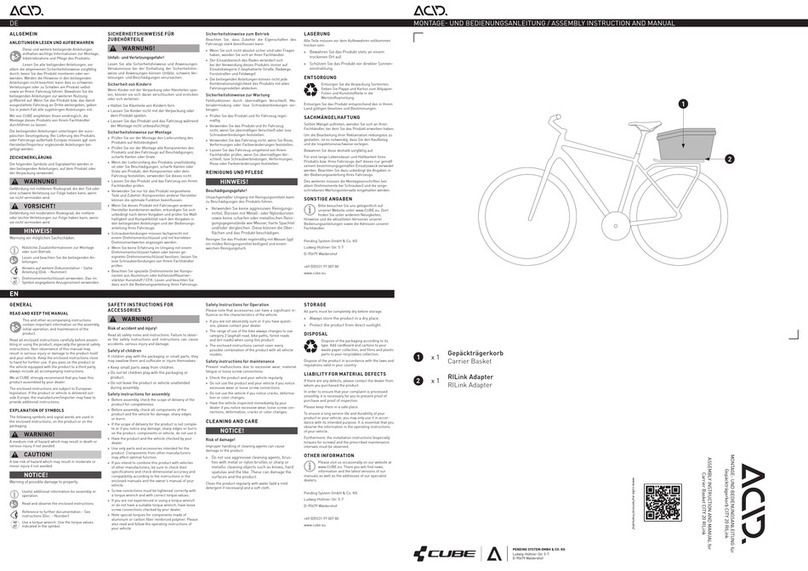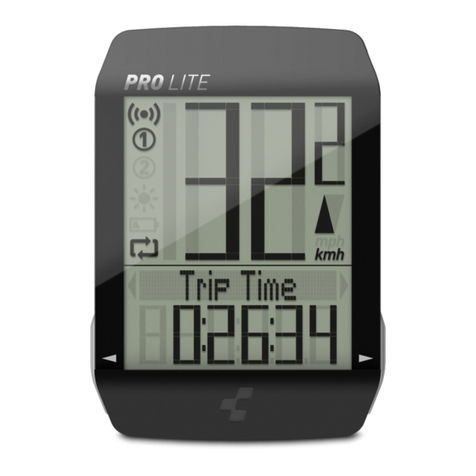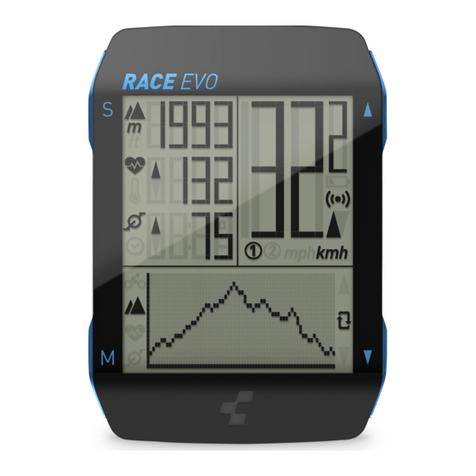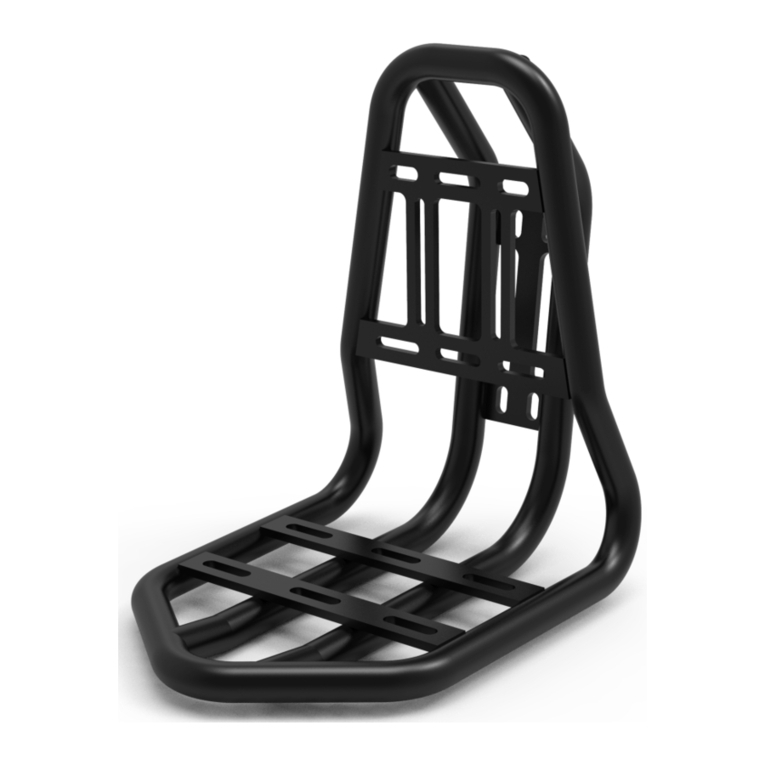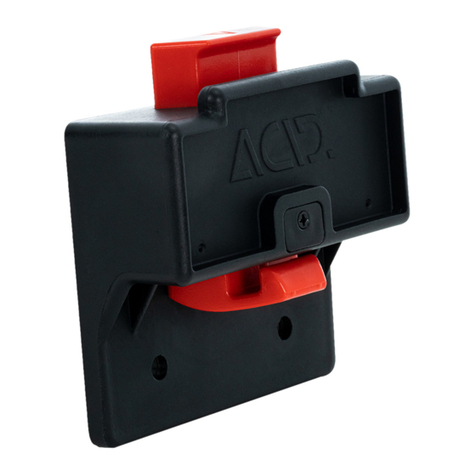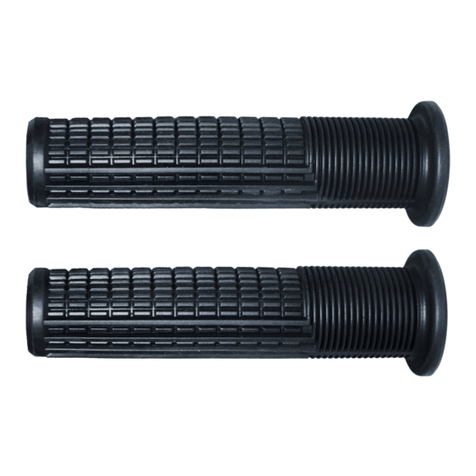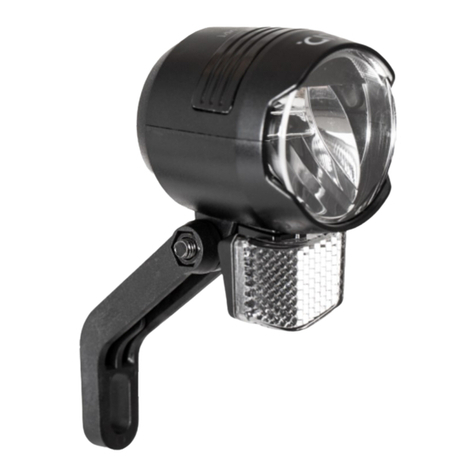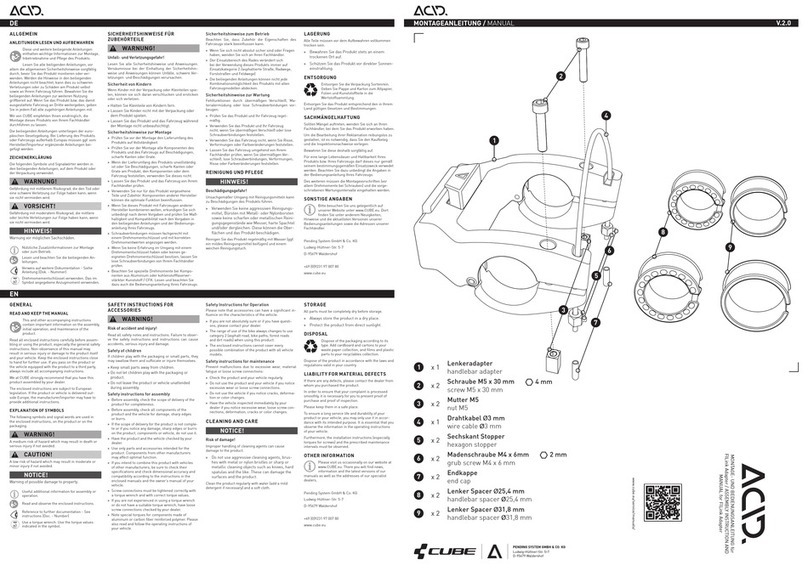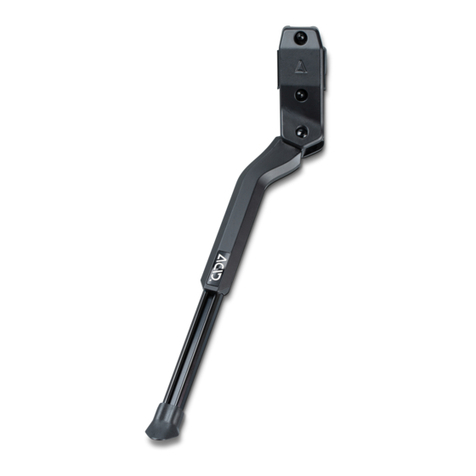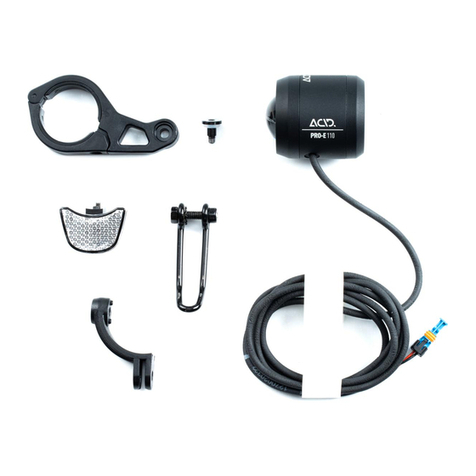
8 | C:68X/ C:62 / GTC / HPC
6Guarantee and special ex gratia
settlements
Services under the guarantee are provided
only in the event of faulty materials or manu-
facture and never in the event of fatigue or
overload stress damage. We provide 3 years
guarantee on our frames and forks and we
also oer special ex gratia services.
Risk of Personal Injury and Material
Damage!
Ifyoudiscoverdamagetoyourframeand/or
forksyoumaysendthedamagedframeand/
orforkstousforassessmentandanestima-
te of possible repair costs via your dealer.
Transport costs in every case are borne
by the customer. Following assessment of
repair costs the repair is carried out either
freeofchargeoryouwillreceiveanadvance
estimate of repair costs.
4(Full-) carbon forks
Our full carbon forks and carbon forks with
aluminium steerer have a shaft diameter
of 1 1/8” in the clamp area one of the stem.
Near the lower bearing race the forks ts the
following headset sizes; 1 1/8”, 1 ¼” or 1 ½”.
Only headsets and stems which are designed
or approved according to the frame and fork
specication by the bike manufacturer may
be used.
Risk of Personal Injury and Material
Damage!
If the headset bearing lower cone ring
is driven into the bearing seat with mas-
sive force there is a danger of dama-
ging the forks. Fitting a headset must
be carried out by a specialist technici-
an. The shaft tube external diameter in
the vicinity of the stem is designed for
front extensions with a clamp diameter
of 1 1/8”. Only the handlebar stems with
corresponding internal dimensions and
cleanly nished interior surfaces may be
used. The tted stem may project no mo-
re than a maximum of 2 mm above the
edge of the shaft tube end.
•
•
The front brake is tted to the fork using
special screws or nuts supplied by the manu-
facturer.
Maximum torque for special screws or nuts
see page 11.
Risk of Personal Injury and Material
Damage!
Carbon forks with a steerer made of alu-
minium may be assembled with a so
called “star-nut” in order to adjust the
headset . When doing this the fork should
not be assembled on hard surface in order
not to damage the fork.
In this case the provided so called “expan-
der” or “thread insert “ must be used on
a full carbon fork. The use of a so called
“star-nut” on a full carbon fork will lead
to a serious damage of the steerer tube or
dangerous failure of the fork. The length of
the steerer tube can only be cut to size by a
professional bicycle mechanic.
•Ideally a metal saw with low abrasion rate or
a metal circular saw with a diamond saw bla-
de and water cooling should be used.
•In the event of dry trimming adequate
protection from dust inhalation produced
should be ensured. Inhalation protection
with a ne dust lter and safety glasses are
recommended.
5Care instructions
Your carbon frame and your (full) car-
bon forks should be cleaned regular-
ly. Ordinary paint care products with or
without silicon additive and cold to lu-
kewarm water to which may be added
ordinary detergent may be used. To be
avoided are solvents of any description,
alcohols (e.g. ethanol or isopropanol), hot
water with alkaline additives or cleaning
with steam jets and pressure washers.
•
•
During transportation do not place any
objects on the frame and forks and stow so
that they cannot slip.
Please ensure that the bicycle is in a xed and
stable position during transport.
